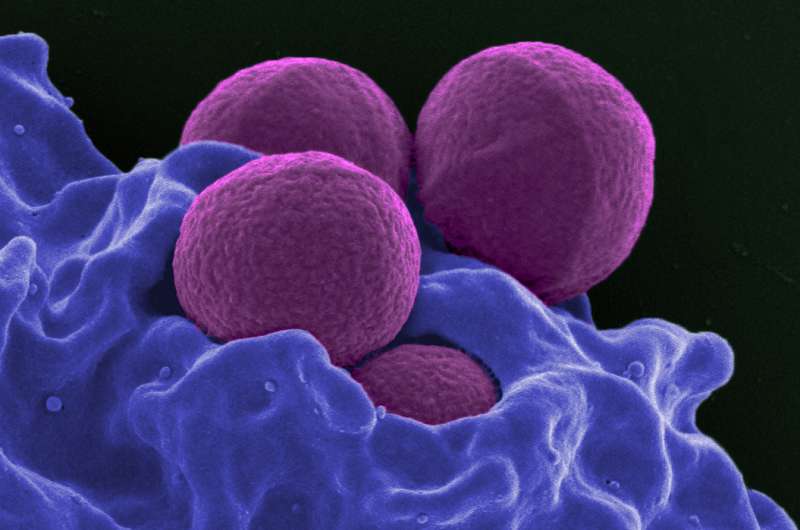How best to treat infections and tumors: Containment versus aggressive treatment

In cases where drug resistance can lead to treatment failure, new research shows that therapies tailored to contain an infection or a tumor at tolerable levels can, in some cases, extend the effective life of the treatment and improve patient outcomes. In other cases, aggressive treatments aimed at eliminating as much of the infection or tumor as possible—the traditional approach—might be best. But how can we know which stands the better chance of working?
A new mathematical analysis by researchers at Penn State University and the University of Michigan, publishing February 9, 2017, in the open-access journal PLOS Biology, identifies the factors that determine which of the two approaches will perform best, providing physicians and patients with new information to help them make difficult treatment decisions.
"People die when their infections or tumors become drug resistant," said Andrew Read, Evan Pugh Professor of Biology and Entomology and Eberly Professor of Biotechnology at Penn State and an author of the study. "We analyzed when it might be better to use drugs to contain rather than try to eliminate the infection or tumor. We find there are situations where containment would keep the patient alive longer, but also situations where it would make a dire situation even worse. That means using (and testing) the containment strategy needs to be done very carefully, but if done right, it could help patients with life-threatening infections and tumors live longer."
The researchers compared the two treatment strategies with the goal of maximizing the amount of time until the treatment failed due to the development of drug resistance. For most infections and tumors, people can tolerate a certain amount of the pathogen without ill effects. For the analysis, a patient was considered healthy and the infection or tumor was considered to be managed if it was maintained at or below this level of "acceptable burden." Treatment failed if the pathogen level rose above this level. The analysis showed that the treatment leading to the longest time until treatment failure will depend on the specific characteristics of the disease, or even of the patient being treated, but it provides a framework that doctors and patients can use to make more-informed decisions about treatments.
"There are situations where we can be relatively sure that treatment will completely eliminate the infection or tumor, so aggressive treatment is the obvious choice" said Elsa Hansen, a research associate at Penn State and an author of the paper. "On the opposite end of the spectrum, there are low-level situations like urinary-tract or ear infections where a doctor may decide not to treat at all. The majority of cases, however, are somewhere in between and require hard choices that balance the damage caused by the infection or tumor and the risk of mutation with the damage caused by the treatment itself and the risk of developing uncontrollable resistance. Our analysis provides guidance for making these decisions from a standpoint of maximizing patient well-being."
The researchers focused on two main factors that influence whether or not an infection or tumor will develop drug resistance. The first is the rate at which cells that are initially sensitive to a particular treatment become resistant. The second factor is called "competitive suppression" and refers to the fact that the spread of resistance, once it appears, can be slowed through competition for resources with cells that are sensitive to treatment. More cells that still respond to treatment leads to more competition to prevent the spread of resistant cells, but it also means a greater risk of the sensitive cells developing resistance.
"The standard practice has been to treat infections and tumors as aggressively as possible to minimize the risk of cells becoming resistant," said Read, "but our analysis shows that, in many situations, containing the infection or tumor to allow for competitive suppression of resistant cells can increase the time to treatment failure. Of course, the opposite can also be true, so determining which approach will be best has to be done carefully and on a case-by-case basis".
More information: Hansen E, Woods RJ, Read AF (2017) How to Use a Chemotherapeutic Agent When Resistance to It Threatens the Patient. PLoS Biol 15(2): e2001110. dx.plos.org/10.1371/journal.pbio.2001110


















